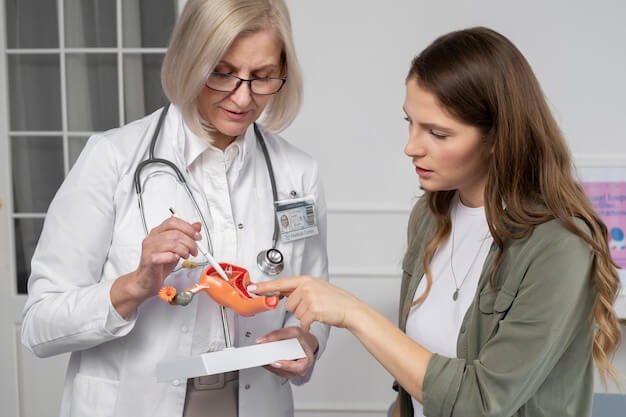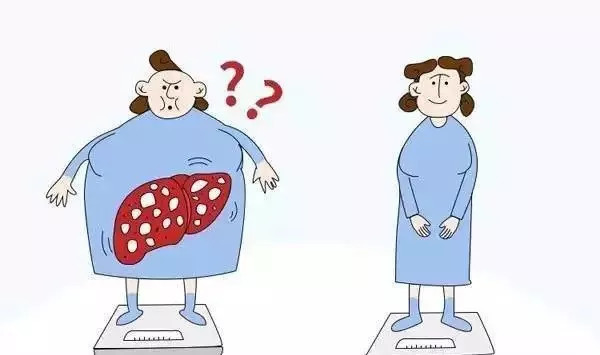Outpatient clinics often meet such female patients, obese, sporadic menstruation, long cycle, many years without contraception but not pregnant, mostly judged as polycystic ovary syndrome. So, what is polycystic ovary syndrome? What are the dangers to women? Below, take you to understand.

What is polycystic ovary syndrome
Polycystic ovary syndrome is one of the most common gynecological endocrine diseases. Clinically, it is characterized by clinical or biochemical manifestations of high androgen, persistent anovulation, and ovarian polycystic changes, often accompanied by insulin resistance and obesity.
Typical symptoms of polycystic ovary syndrome
1、 Menstrual disorders: mainly manifested as infrequent menstruation, less menstruation or amenorrhea. Clinically, the development process from infrequent menstruation (the cycle is gradually extended) to amenorrhea can be seen. A few patients manifested as insufficient menstruation or unclean menstruation.
2、 Infertility: women in childbearing period are infertile due to ovulation disorder.
3、Hypertrichosis and acne: Hypertrichosis is mainly characterized by dense sexual hair (pubic hair and armpit hair), especially pubic hair, which is male in distribution, and even extends down to the perianal area, up to the groin or midabdomen. Hair can also be distributed around the mouth, breast, jaw, thigh root, etc. Acne is mostly concentrated around the lips, forehead and back.
4、 Obesity: 40% to 60% of patients with polycystic ovary syndrome have a body mass index (BMI) ≥ 25. Obesity is mostly concentrated in the upper body, and the waist/hip ratio is>0.85. Most of them begin from puberty and become worse with age.
5 acanthosis nigricans: taupe pigmentation appears in the skin folds of the labia, neck back, armpit, breast and groin, showing symmetry, and the skin is thickened and soft.

What are the hazards of polycystic ovary syndrome
Recent hazards: menstrual disorders, obesity, acne, infertility.
Long term harm: It may cause diabetes, hyperlipidemia and cardiovascular diseases. Endometrium, under the effect of estrogen for a long time, has no antagonistic effect of progesterone, and may cause endometrial lesions, even endometrial cancer.
Popular Articles
-
The world's most mysterious island: Easter Island stands thousands of giant stone statues

-
 Pick a chopping board that suits your needs, so you can cook with ease
Pick a chopping board that suits your needs, so you can cook with easeMay 09, 2025
-
 Fish Glue Soup for Invigorating Qi and Blood
Fish Glue Soup for Invigorating Qi and BloodMay 09, 2025
-
 Improve metabolism to get rid of "fat physique"!
Improve metabolism to get rid of "fat physique"!May 09, 2025
-

Photos
The world's most beautiful big cities at nightMay 09, 2025
-
 Very family-friendly Japanese home furnishings. With them, we can easily improve our happiness at home.
Very family-friendly Japanese home furnishings. With them, we can easily improve our happiness at home.May 09, 2025







Comments
0